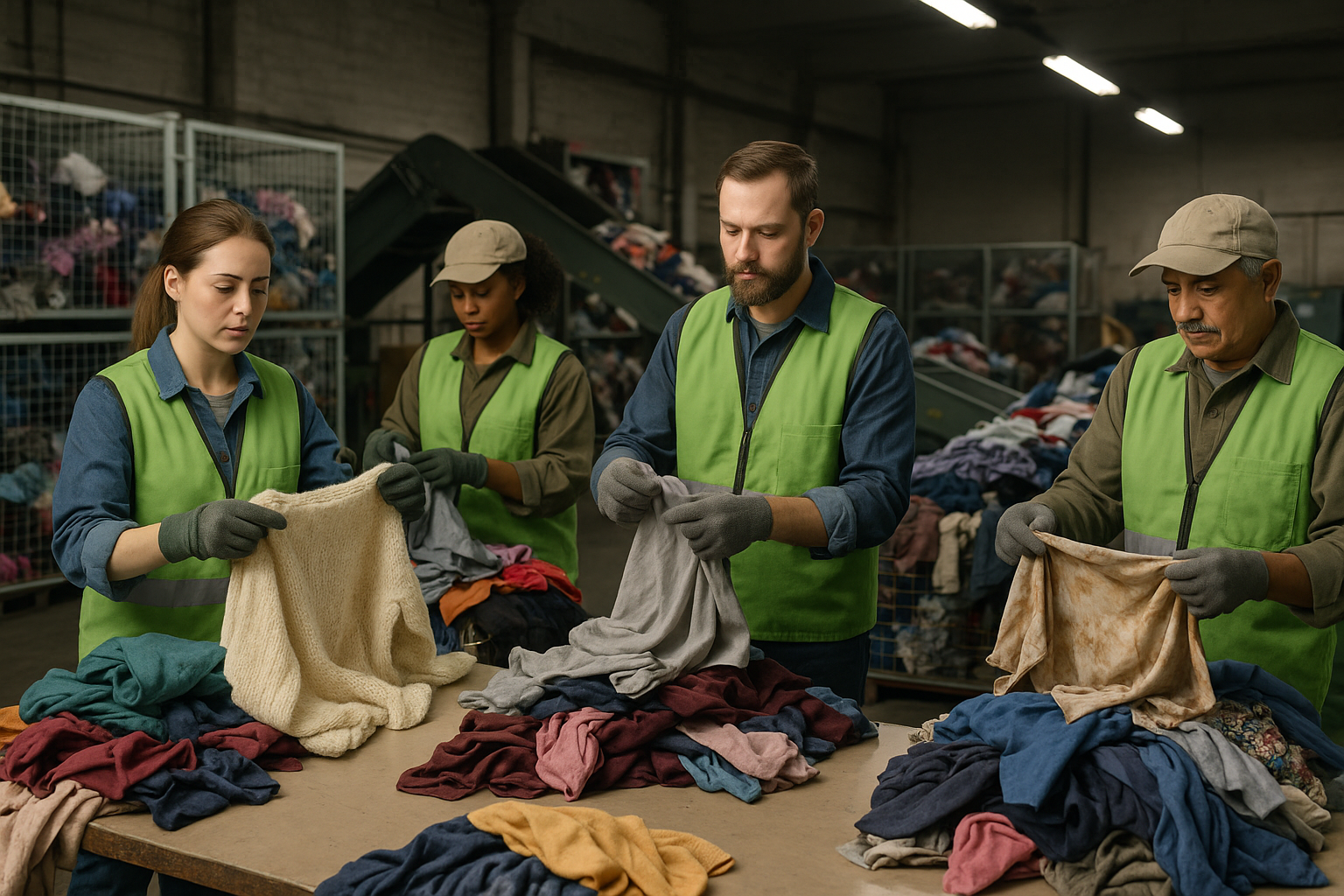Achieve apparel sustainability with these industry game-changer secrets
Unlock the secrets to achieving apparel sustainability and discover transformative strategies that can elevate your brand's eco-friendly credentials while you browse options to enhance your business practices.

Understanding Apparel Sustainability
As global awareness of environmental issues rises, the fashion industry is under increasing pressure to adopt sustainable practices. Apparel sustainability involves creating clothing in ways that reduce environmental impact and promote social responsibility. This includes using eco-friendly materials, minimizing waste, and ensuring fair labor practices throughout the supply chain. By integrating these elements, brands can not only contribute to a healthier planet but also appeal to a growing base of environmentally conscious consumers.
Innovative Materials and Technologies
One of the most significant shifts in achieving apparel sustainability is the adoption of innovative materials and technologies. Brands are increasingly turning to organic cotton, recycled polyester, and biodegradable fabrics to reduce their carbon footprint. For instance, Tencel, a fiber made from sustainably sourced wood pulp, is renowned for its low environmental impact and biodegradability1. Additionally, advancements in dyeing technologies, such as waterless dyeing, significantly reduce water consumption and chemical use, offering a more sustainable solution for vibrant fabrics2.
Efficient Production Processes
Efficiency in production processes is crucial for reducing waste and energy consumption. Implementing lean manufacturing techniques can help brands minimize resource use and improve productivity. For example, zero-waste pattern cutting is a method that designs garments with no leftover fabric, maximizing material usage and reducing waste3. Additionally, adopting renewable energy sources for manufacturing facilities can further decrease the environmental impact, aligning with sustainability goals and often leading to cost savings in the long term.
Embracing Circular Fashion
Circular fashion is a revolutionary concept that encourages the reuse and recycling of garments to extend their lifecycle. Brands can participate in this movement by designing for durability, offering repair services, and implementing take-back programs where consumers can return old clothing for recycling. Patagonia, for instance, has been a pioneer in this area, providing repair guides and recycling options for its products4. Such initiatives not only reduce waste but also foster customer loyalty by demonstrating a commitment to sustainability.
Transparency and Ethical Practices
Consumers are increasingly demanding transparency and ethical practices from fashion brands. By openly sharing information about sourcing, production, and labor conditions, companies can build trust and credibility. The Fashion Transparency Index evaluates brands based on their transparency efforts, encouraging them to disclose more information about their supply chains5. Emphasizing fair trade and ethical labor practices not only benefits workers but also enhances brand reputation, making it a key component of a sustainable strategy.
As you explore options to enhance your brand's sustainability, these industry game-changer secrets can guide you toward creating a more eco-friendly and socially responsible apparel line. By investing in innovative materials, efficient processes, and transparent practices, you can meet consumer demand for sustainability and lead your brand toward a more sustainable future.